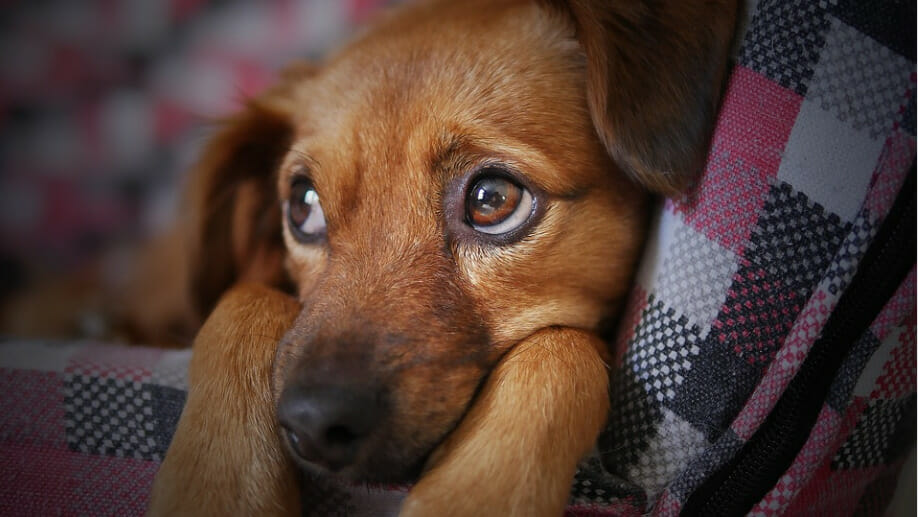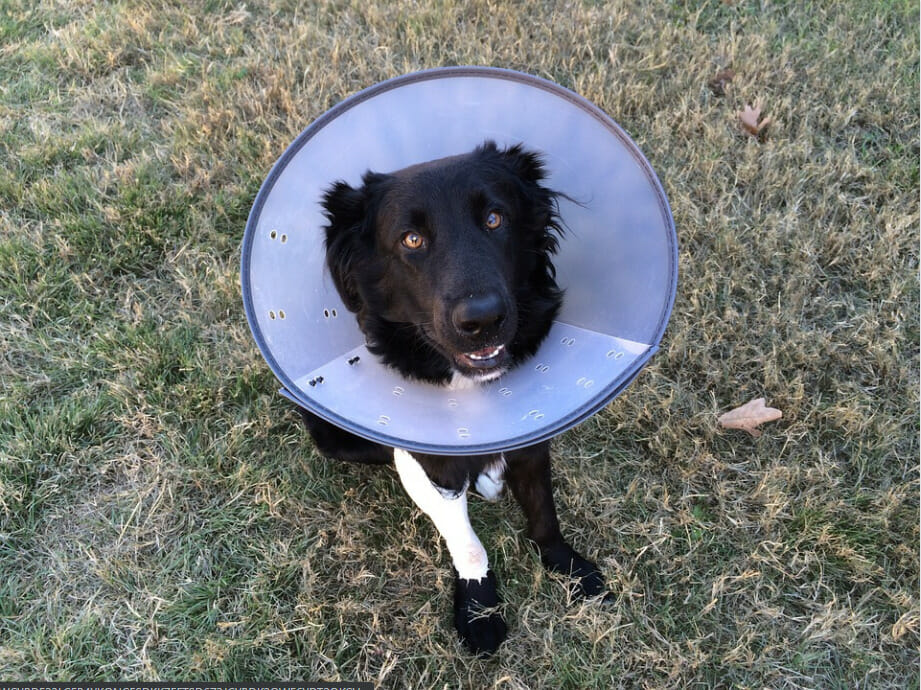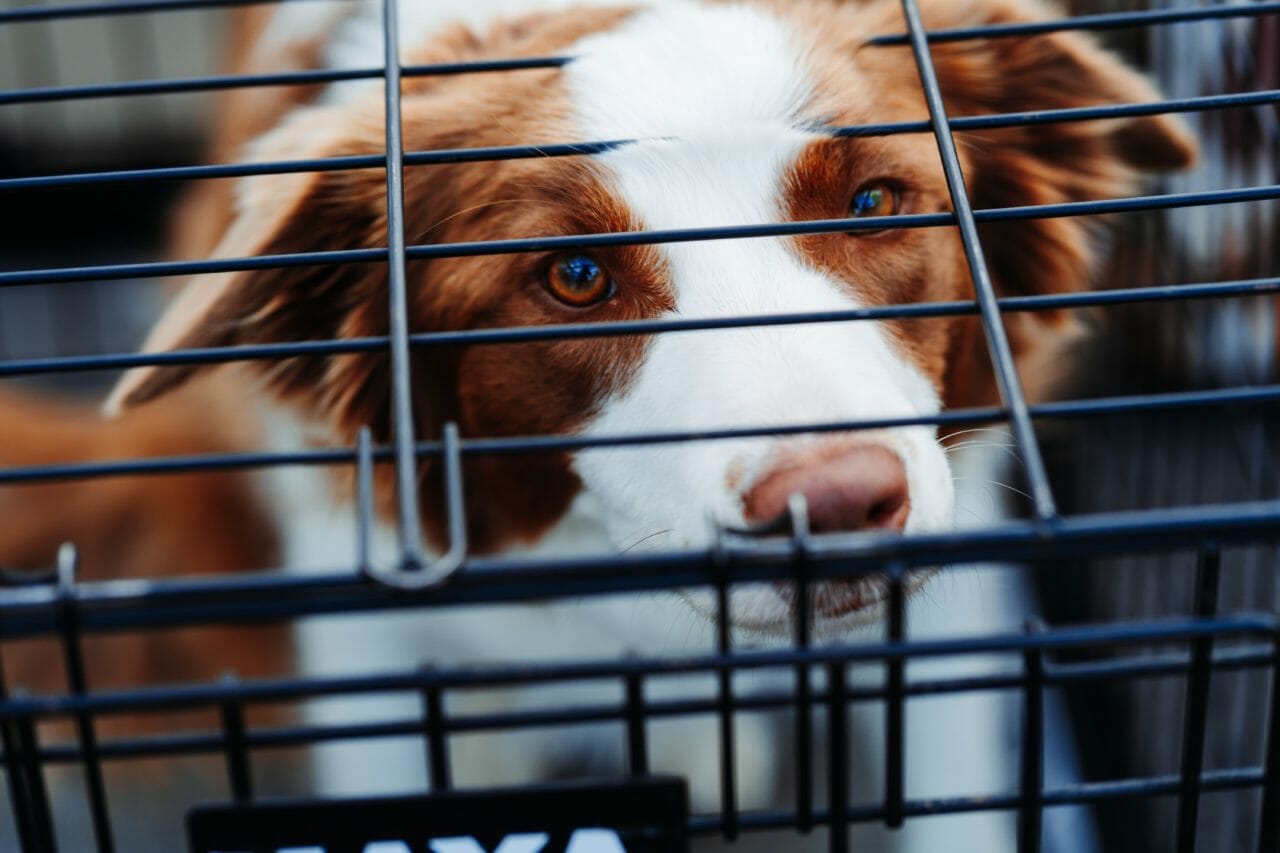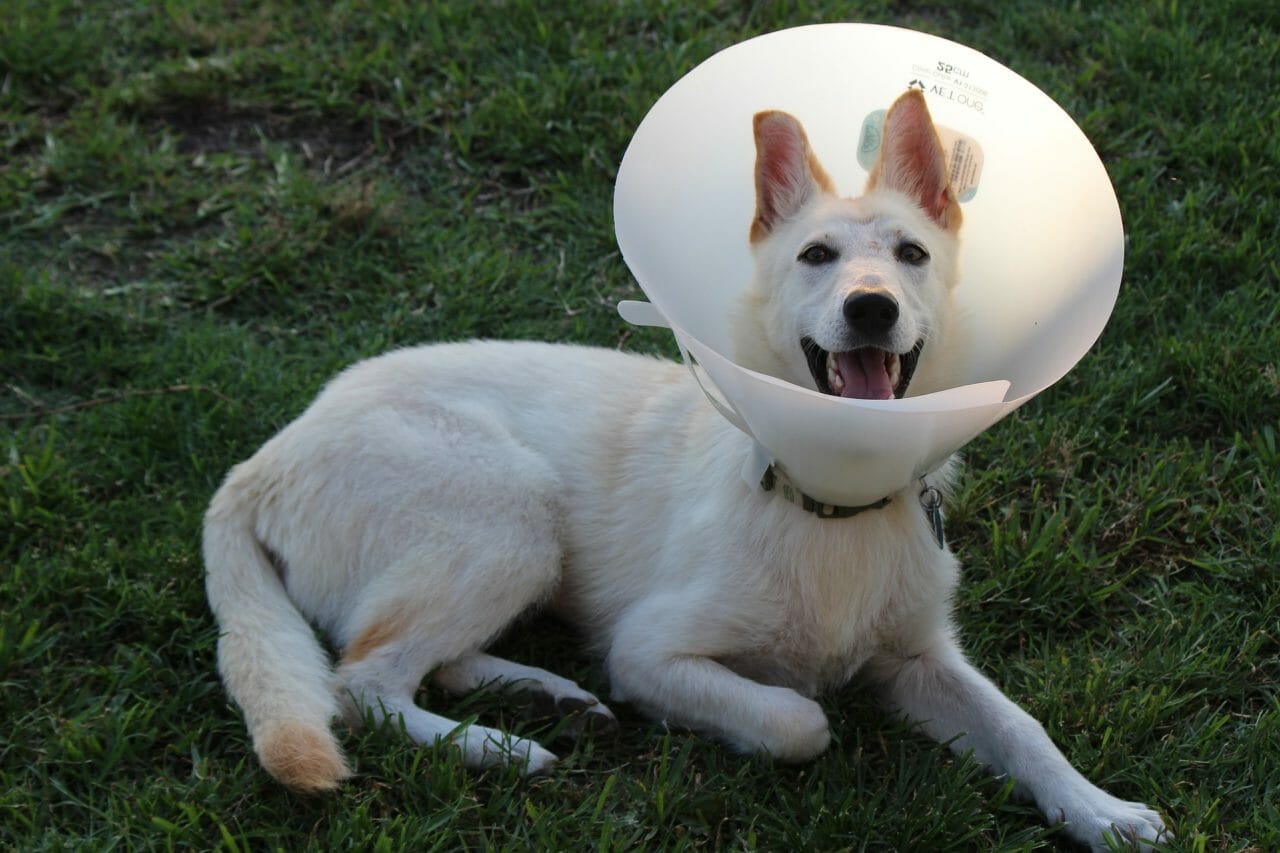Before you rush your dog off to the vet, take a look at a few of the causes of bumps
You’re giving your dog those amazing face rubs they love so much, but then you notice something: a few minor bumps around their eyes or on their eyelids. You may have panicked if you’ve seen these. After all, bumps can signify all sorts of health problems in dogs. But don’t worry — in most cases, bumps around a dog’s eyes are no cause for alarm.
In this blog post, RehabPet.com talks about what bumps around dogs’ eyes can mean, and what you should do if you see them. We’ll also provide tips on keeping your dog’s eyes healthy and free of bumps!
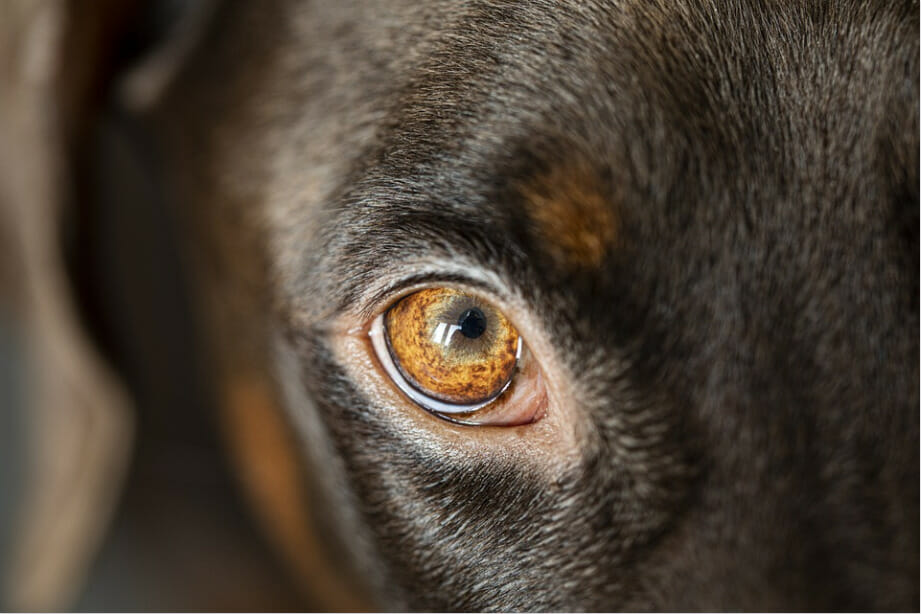
You Notice the Bumps, Now What?
Bumps around a dog’s eyes can be caused by several things. One of the most common causes is infection. Infection can cause the bumps to become red and swollen.
Other causes of bumps around a dog’s eyes include allergies, dry eye, and tumors. But no need to be scared just yet; the best thing you can do is book a vet appointment to get a professional opinion.
Your vet can take a look at the bumps and determine what’s causing them. They may also recommend some tests, like skin scrapings or bloodwork, to confirm their diagnosis. In most cases, bumps around a dog’s eyes can be treated with antibiotics or eye drops.
Causes of Bumps Around Dogs Eyes
While bumps can signal many different issues, and as we mentioned above, getting your vet to take a look at them is the best course of action. But here are a few of the most common causes of these bumps:
Parasites
Mites are tiny parasites that can live on your dog’s skin. They’re most commonly found around a dog’s face, especially their eyes. Mange is a type of mite that can cause bumps and hair loss around a dog’s eyes.
A sign that it could be parasites is if your dog is constantly trying to itch their face using their paws or you notice a discharge around your dog’s eyes.
Allergies
Dogs can be allergic to anything, just like people. Allergies can cause bumps around a dog’s eyes as well as itchiness, runny eyes, and sneezing. If your dog has allergies, you may also notice inflammation and irritation around other parts of your dog’s body too.
Infection
Bacterial or viral infections can cause red, swollen bumps around your dog’s eyes. If you notice any other symptoms like fever, lethargy, or appetite loss, it’s best to get them to the vet as soon as possible.
Eye Injury
If your dog bumps their head or eye, it could result in a minor injury. This could cause bumps or swelling around the area of the injury. If you notice that your dog has an injured eye, it’s important to seek professional help immediately, as leaving it alone can lead to more serious issues that might necessitate surgery on the eye.
Eyelid Tumors
One of the more serious issues that bumps around a dog’s eyes can signal is eyelid tumors. Eyelid tumors are abnormal growths that can form on the eyelids. They’re most commonly found in older dogs, and while they’re not typically cancerous, they can cause problems if left untreated.
There are a few different types of eyelid tumors that can form; these include:
Meibomian Gland Tumors
These tumors form in the meibomian glands, which are responsible for producing tears. Meibomian gland tumors are usually benign, but they can grow large and cause ulcers on the eye.
Usually found in older dogs, they look pinkish in color and are the most common type of tumor found in dogs’ eyes. If left untreated, they can lead to bleeding and vision complications for your furry friend.
Papillomas
Papillomas are noncancerous growths that can form on the surface of the eyelid. They’re most commonly found in young dogs and puppies, and they’re usually caused by a virus.
They look like bumps or warts on the eyelid and can grow quickly. While they might seem dangerous, they usually resolve independently without treatment.
Chalazion
Chalazion are bumps that form when the meibomian glands become blocked. This can cause inflammation and bumps on the eyelid. Usually found in older dogs, chalazion will look yellow and cyst-like.
Causes for chalazion can be sand or dust getting into your dog’s eye or an injury around their eye. Oral or topical antibiotics can usually resolve chalazion without any complications.
Melanomas
Melanomas are the most serious type of bumps around a dog’s eyes. They’re cancerous growths that can form on the eyelid and are most commonly found in older dogs.
They can be black, brown, or pink in color and might grow quickly. If you notice melanoma on your dog’s eyelid, it’s important to seek professional help immediately, as they can be very aggressive.
Complications That Can Arise From Bumps Around Dogs’ Eyes
While bumps around your dog’s eyes can signal several different things, it’s important to keep an eye out for potential complications. These can include:
- Bleeding from the bumps
- Inflammation and irritation around the bumps
- Loss of appetite
- Lethargy
- Fever
If you notice any of these complications, it’s important to learn the next steps of treatment needed to remove or reduce the symptoms that come from these bumps.
Treatment Plans
The treatment for bumps around your dog’s eyes will depend on the underlying cause. If the bumps are caused by allergies, your vet may prescribe antihistamines or other medication to help relieve the symptoms.
If the bumps are caused by an infection, your dog may need antibiotics or antiviral medication, and if they are caused by tumors, your dog may need surgery to remove them. Other medical options include cryotherapy, and removal of the entire eyelid to improve your dog’s quality of life.
Preventing Bumps From Forming
While not all bumps around your dog’s eyes can be prevented, there are a few things you can do to help avoid them. These include:
- Wiping your dog’s face down with a damp cloth after they’ve been outside to remove any pollen, dust, or other irritants that might be on their fur.
- Keeping their eyelids clean and free of any discharge.
- Checking their eyes regularly for any bumps or changes in appearance.
- Taking them to the vet for regular check-ups, especially as they age.
Bumps around your dog’s eyes can be a cause for concern, but with the right treatment plan, they can usually be resolved.
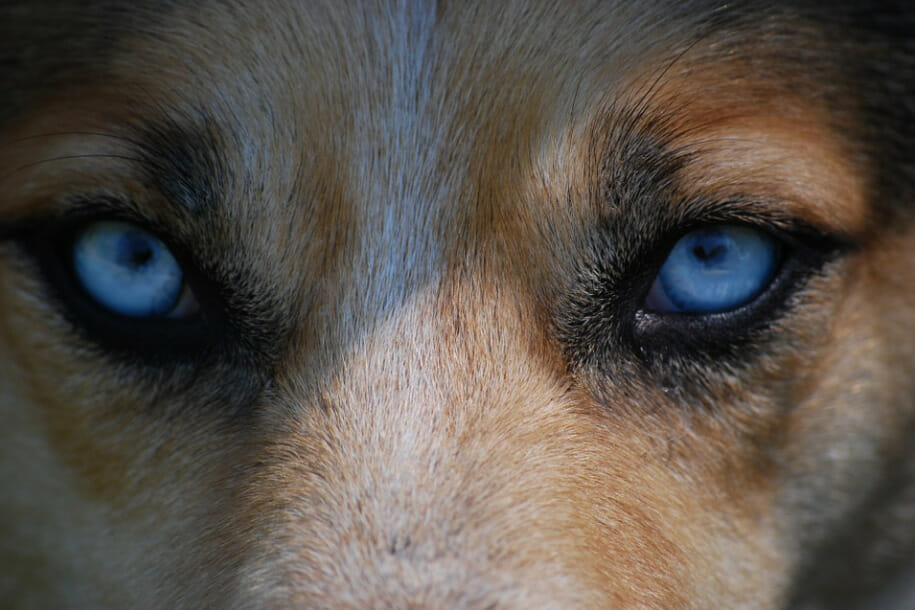
Keep Your Favorite Pup Happy and Healthy
Bumps around dogs eyes are usually nothing to worry about, but as we have constantly said, it’s always best to consult with your vet if you have any concerns.
The team at RehabPet.com wants to help you keep your favorite pup happy and healthy. Check out our other blogs for more tips on how to do just that!
